Cross-dressing
Terminology
En femme
The term “en femme” refers to a male cross-dresser presenting in a traditionally feminine manner. This can include wearing women’s clothing, makeup, and adopting feminine mannerisms.
En homme
Conversely, “en homme” is used when a female cross-dresser presents in a traditionally masculine fashion, wearing men’s clothing and adopting masculine behaviors.
History
Non-Western history
Cross-dressing has a rich history in non-Western cultures. In some societies, it has been a part of religious or cultural rituals, while in others, it has been a form of entertainment or storytelling.
Western history
In Western history, cross-dressing has been documented for centuries, often seen in the context of theater and performance. It has also been a subject of legal and social controversy at various times.
Legal issues
Throughout history, cross-dressing has faced legal challenges in many societies. Laws have been enacted in various times and places to prohibit or restrict this practice, often reflecting broader societal attitudes towards gender norms and sexuality.
Varieties
Theater and performance
British pantomime, television, and comedy
In British pantomime, cross-dressing is a long-standing tradition, with male actors playing female roles and vice versa. This practice has also been seen in television and comedy, often used for humorous effect.
Sexual fetishes
Cross-dressing can be associated with sexual fetishes, where individuals derive sexual pleasure from wearing clothing of the opposite sex.
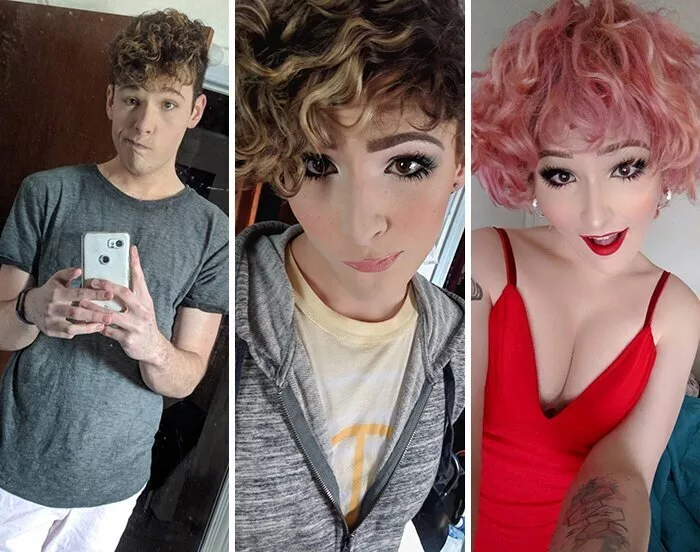
Passing
“Passing” refers to the ability of a cross-dresser to be accepted as their preferred gender. This can be a significant aspect of cross-dressing for some, especially for those who use it as a form of gender expression.
Gender disguise
Sports
In sports history, there have been instances of individuals cross-dressing to compete in gender-restricted events.
Roberta “Bobbi” Gibb
Bobbi Gibb is known for being the first woman to run the Boston Marathon in 1966, at a time when women were barred from participating. She ran without an official number and disguised as a man.
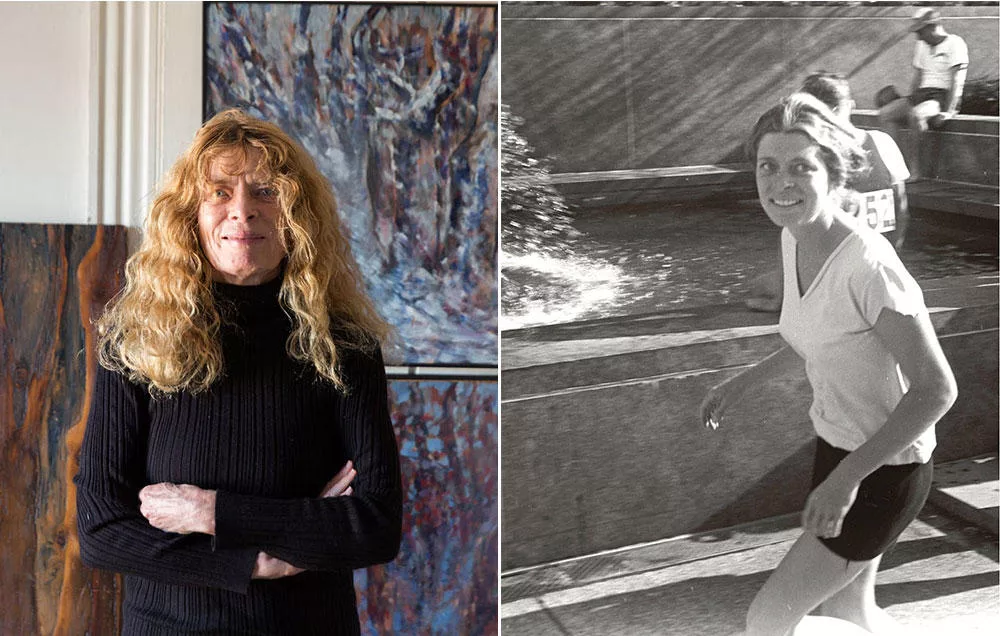
Sam Kerr
Sam Kerr, a prominent female soccer player, has not been directly associated with cross-dressing but represents the breaking of gender norms in sports.

War
Joan of Arc
Joan of Arc famously donned male military attire during her campaign in the Hundred Years’ War.
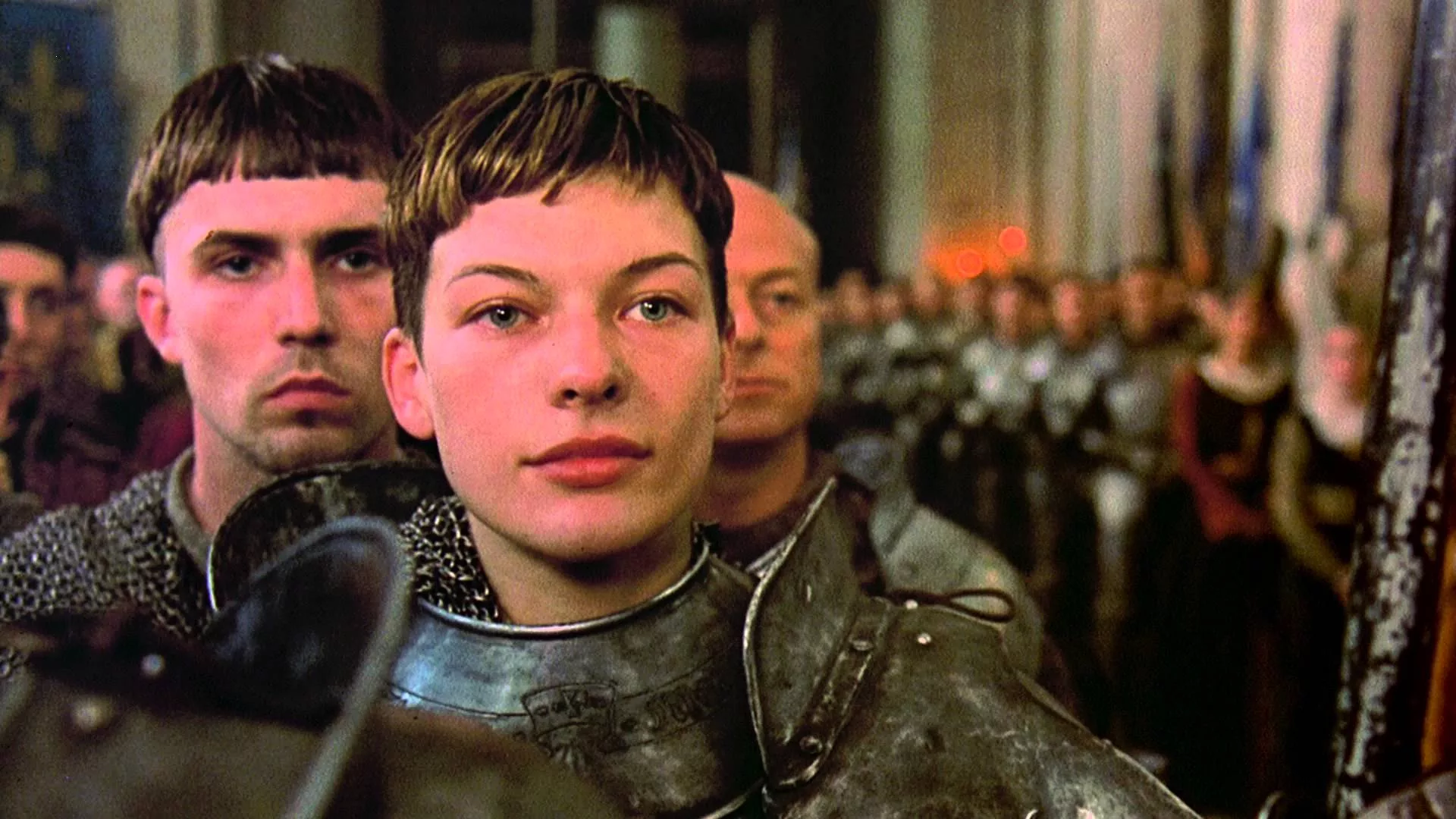
Deborah Sampson
Deborah Sampson served in the American Revolutionary War disguised as a man, a clear historical instance of cross-dressing for military purposes.
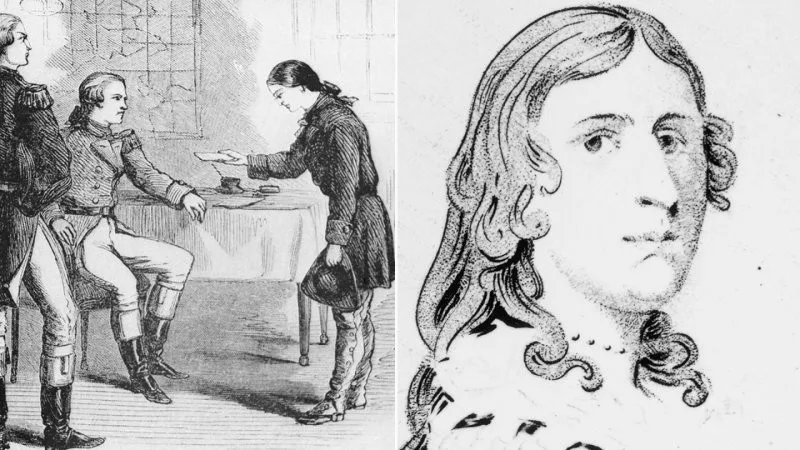
Journalism and culture
Norah Vincent
Norah Vincent, an American writer, spent 18 months living disguised as a man for her book “Self-Made Man,” exploring gender norms and societal expectations.
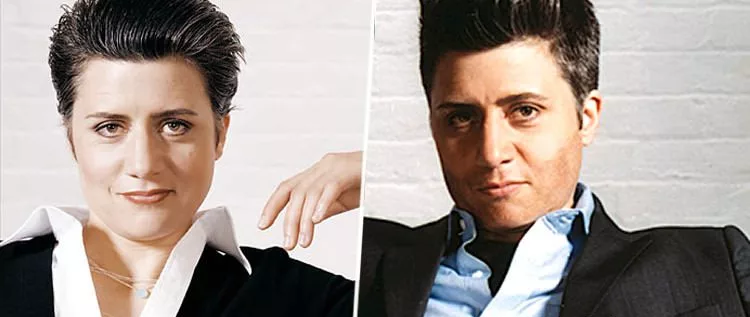
Bacha posh
“Bacha posh” is a cultural practice in parts of Afghanistan and Pakistan where some families without sons will choose a daughter to live and behave as a boy.
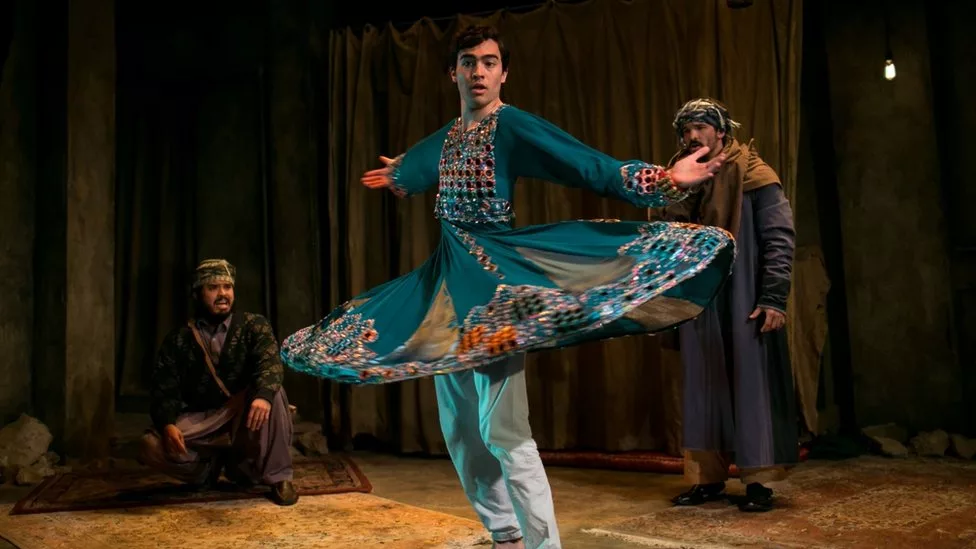
Clothes
The choice of clothing is central to cross-dressing, with individuals selecting attire that aligns with their gender expression or the gender they are presenting as.
Social issues
Cross-dressing raises various social issues, including gender norms, societal acceptance, and the rights of individuals to express their gender identity freely.
Festivals
There are festivals and events dedicated to the cross-dressing community, providing spaces for expression, celebration, and advocacy.
Analysis
An analysis of cross-dressing reveals its complexity, touching on aspects of gender identity, expression, societal norms, and personal freedom.
Cross-dressing in the 21st century
Fashion trends
Modern fashion trends increasingly blur the lines of traditional gender-specific clothing, reflecting a more fluid understanding of gender.
Societal changes
Societal attitudes towards cross-dressing have evolved, with greater acceptance and understanding of gender diversity and expression.
Across media
Cross-dressing has been depicted in various media forms, influencing public perception and understanding of this practice.
Medical views
The medical community’s view of cross-dressing has shifted over time. It is no longer seen as a disorder but rather a part of the spectrum of human gender expression.